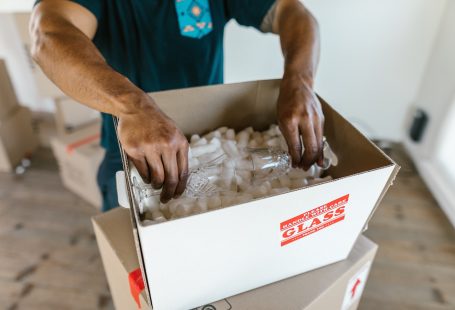With the arrival of the Coronavirus, many are on alert or have gone into a state of panic and misinformation. At Workana, we want to help from our area of expertise: remote work.
Illnesses such as COVID19 can threaten much more than physical health. In the context of a public health emergency, they can mean low productivity or a loss of efficiency in the workplace due to the interruption of office work and commutes and the cancellation of meetings. In China, it is estimated that the decrease in productivity will directly affect the GNP, with repercussions worldwide.
In the words of Guillermo Bracciaforte, Co-Founder of Workana:
“My responsibility as head of a company is to watch over the safety of my teams while monitoring the company’s productivity. But I am very conscious of Workana’s advantage: we’re hybrids. This means that over 60% of the company works from somewhere other than the office. For almost eight years we’ve been preparing and training for this digital machine to work perfectly, in a complex puzzle where every piece is essential: people, culture, processes, technology, and strategy.”
How can a concept like Remote Work be the answer?
Here are some thoughts for you to consider from Guillermo Bracciaforte, Co-Founder of Workana:
Many companies have already announced that they’re implementing remote work strategies. Such is the case for Twitter, Nike, Nestle: well-known companies that are taking this big step. It’s very likely that the great majority of companies have already been evaluating or working on flexible work, remote work, work from home, or Flex Fridays. In this case, remote work is much easier to implement since there are established processes, common codes, training, and even basic supplies such as software or hardware.
On the other hand, if remote work is implemented without a brief planning period, it could involve greater effort or even reduced productivity if the expected results are not achieved.

Remote work isn’t easy—it requires having a plan and making several things clear:
- Using clear, constant, and transparent communication.
- Training for remote work tools: documents on the cloud, calendars, virtual meetings, Slack, project managers such as Asana, Trello or ProjectManager.com. The tools are intuitive to use, but they still take time and, even more importantly, need a process for their use in your particular company. That process doesn’t come with the tool.
- Clarifying how work will be done: tasks, products, processes, schedules, deliveries, meetings.
- Getting help from teams with experience in remote work. At Workana, we offer orientation so that companies can take their first steps toward remove work, get access to help from freelance professionals, or put together a contingency plan with extended capabilities.
- Support: lots of effort on the part of team leaders to facilitate this change. Constant communication, follow-up, team meetings, feedback.

Final Thoughts
It’s worth saying that I think that although you work with your whole team in the same office, it’s important to create operational, organizational, and communication habits that will prepare workers to go to the next level at the company, which will surely be remote work.
If your company still isn’t implementing remote work initiatives, it’s a good time to start analyzing it, whether it be one day of home office, a Flex Friday, remote work on demand, or 100% remote—without losing productivity or efficiency along the way.

If you have a company, and you want to learn a little more about how to think about remote work within your organization, write to us at [email protected].
—
You might also be interested in:
- Digital Transformation: Can remote professionals be the key to taking the next step in your business?
- Why your company should start considering the remote work strategy
- Remote work teams and accelerated growth: How to build your dream team virtually?
- The Agile Method: new approach to flexible working teams with shared goals.
- 10 critical points you have to take into account if you lead a remote working team




